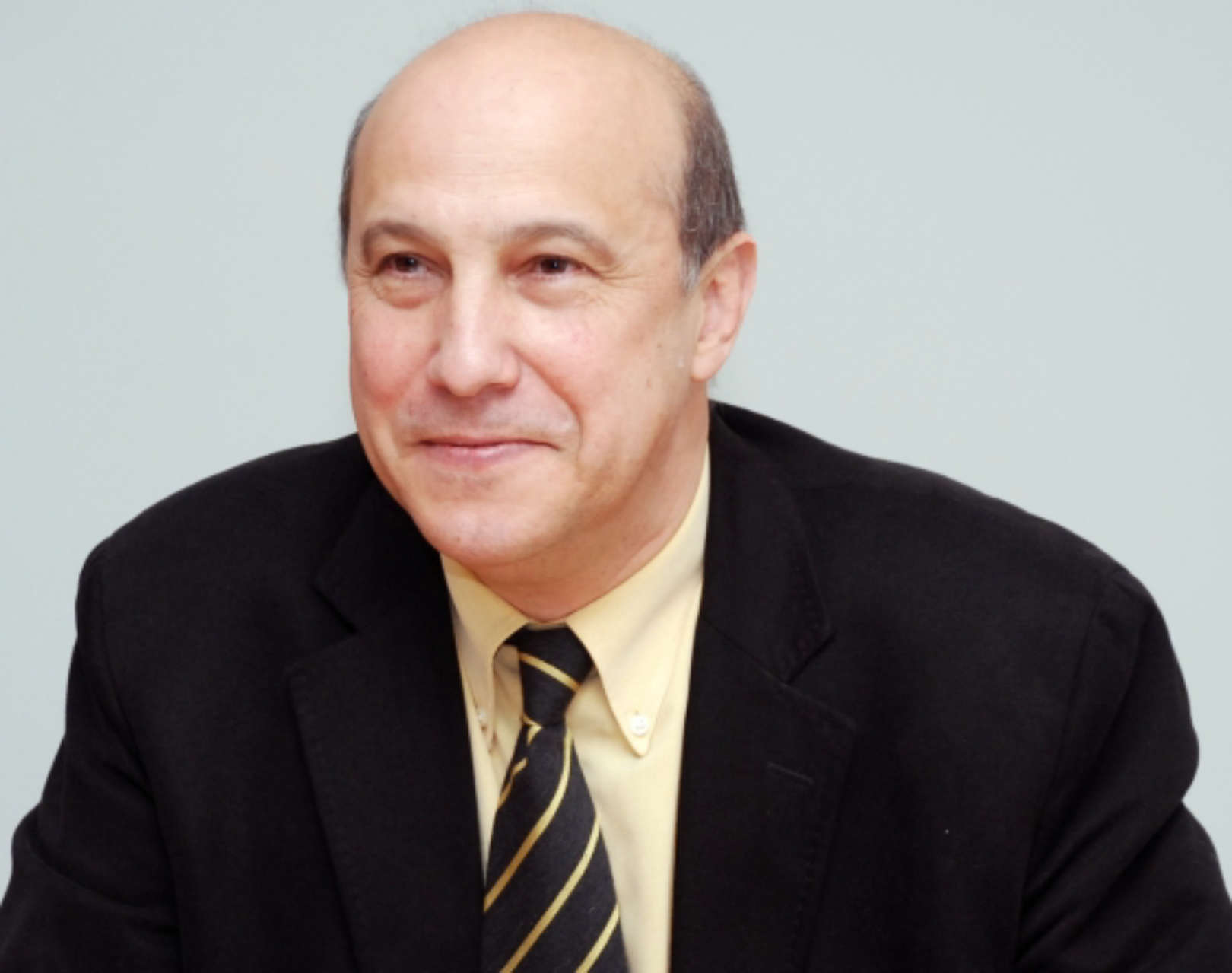Sobre
Educação
MSc e PhD em Electrical Engineering, Syracuse University, NY, USA, (1979 e 1983).
Licenciatura em Engenharia Electrotécnica, Universidade do Porto (1973).
Ensino
Professor Catedrático, Faculdade de Engenharia da Universidade do Porto (FEUP), Departamento de Engenharia Electrotécnica e de Computadores, desde 2000. Jubilado em Outubro de 2021.
Ensinou nas áreas da Microelectrónica (VLSI), Projecto e Teste de circuitos integrados digitais e mixed-signal, Sistemas Digitais e Arquitetura de Computadroes, na FEUP e na Universidade de Syracuse (Visiting Assistant Professor, 1986/87). Orientador de 6 doutoramentos.
Investigação e Desenvolvimento
Investigador do INESC TEC (www.inesctec.pt), desde 1988, onde fundou e liderou o Grupo de CAD e Microelectrónica, até 2001. Responsável pela participação do Grupo e investigador em projectos de investigação europeus com universidades e parceiros industriais.
- ASSOCIATE – Advanced Solutions for SoC Innovative Testing in Europe (2001-2004);
- DYNAD – Digital/Analog Converter Testing (1998-2001);
- MAGIA – Dedicated HW for an Industrial Textile Nesting Application (1998-2000);
- AIPAC – ASIC-based System Design and Integration (1995-1996);
- CHIPSHOP – Low Cost IC Prototyping Services for European SMEs;
- ARTEMIS – Mixed-Signal Testing (1992-1995);
- AICI – ESPRIT Special Action for Microelectronics in Portugal (1990-1995);
- BST – Boundary Scan Test (1989-1992)
Liderou acções de formação avançada em Microelectrónica dirigidas a empresas localizadas em Portugal, como a ChipIdea, MIPS, SIEMENS, Infineon e Qimonda.
Visiting Research Associate no CASE Center, Syracuse University, (1986/1987) e R&D Engineer no Electronics Laboratory (ELab), da General Electric Company, Syracuse, NY, USA (1983-84).
Lista de publicações disponível em www.orcid.org/0000-0002-0496-6975.
Gestão universitária e extensão
Diretor do PDEEC, Programa Doutoral em Engenharia Electrotécnica e de Computadores (2016-2021).
Diretor do PDEPP, Programa Doutoral em Engenharia e Políticas Públicas (2011-2016), que ajudou a fundar.
Presidente do Conselho de Representantes da FEUP (2014-2016).
Director do Departamento de Engenharia Electrotécnica e de Computadores (DEEC) da FEUP (2001 – 2010).
Director da Licenciatura em Engenharia Electrotécnica (1992-2001).
Presidente do Conselho Pedagógico da FEUP (1993-1999).
Delegado Nacional e representante do Governo Português nos Comités de Gestão de todos os Programas Europeus de I&D na área das Tecnologias da Informação, desde o ESPRIT (1994-2001), incluindo o 6º e 7º Programas Quadro (2001-2006 e 2007-2014) e o Horizon 2020 (2014-2020).
Membro de Program Committees e Steering Committees de Conferências Internacionais (DCIS, EUROMICRO DSD, ICECS, ISQED).
General Chair: EUROMICRO Conference on Digital System Design (DSD 2005 e 2015) e Design of Circuits and Integrated Systems (DCIS 2001).
Guest Editor do International Journal of Embedded Hardware Design (MICPRO), Elsevier, e no International Journal of Analog Integrated Circuits and Signal Processing, Kluwer.
Membro do Board of Directors do EUROMICRO (www.euromicro.org) e Senior Member do IEEE.
Professor Emérito da Universidade do Porto, 2023.


